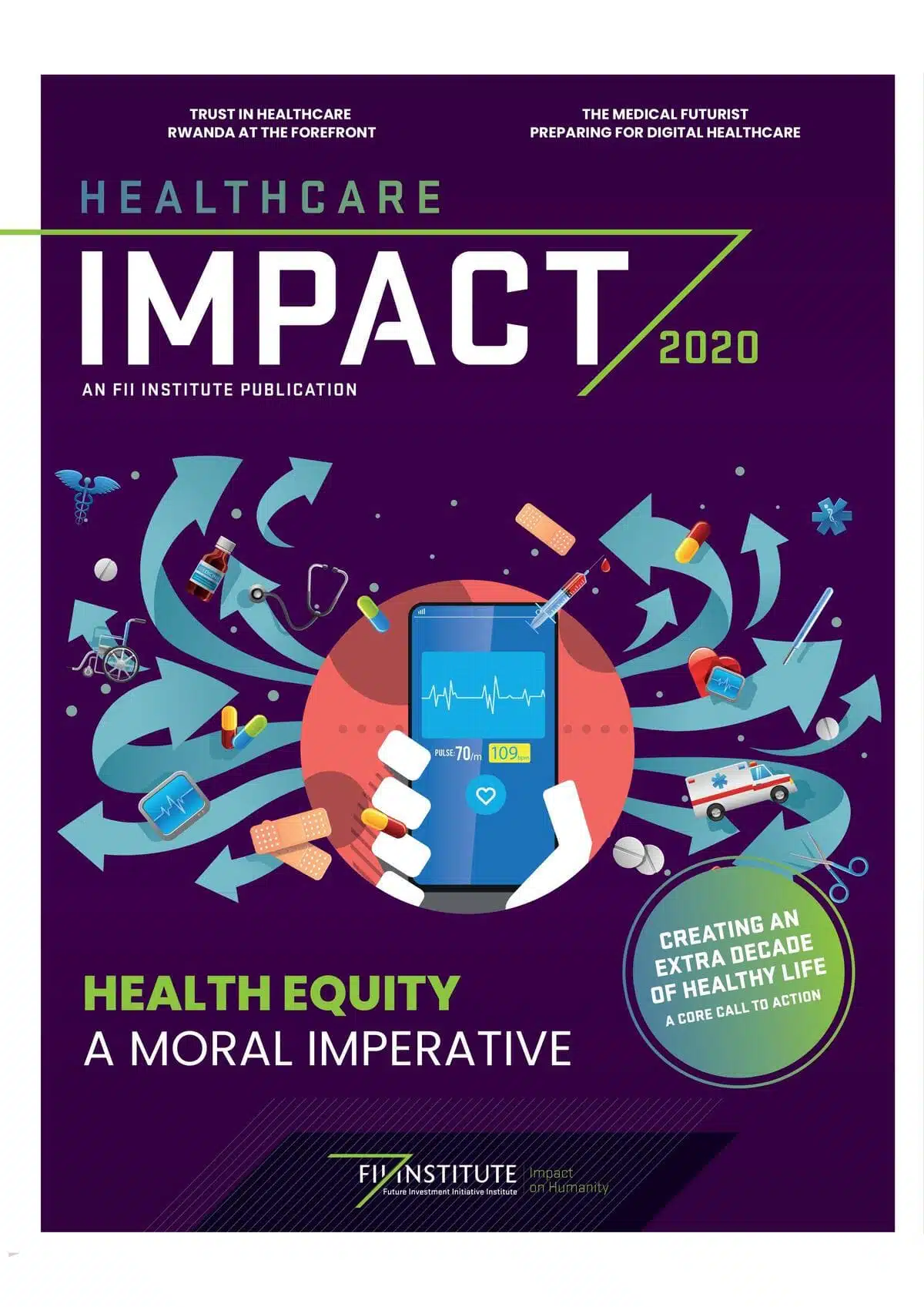The threat of death and destruction from wildfires and flooding is on the increase, and becoming far too close for comfort for many of those living near danger zones or within them.
Preventing fire and flood disasters is now one of the major challenges for scientists, environmentalists, governments, and civil societies. A recent UN report warned that “catastrophic wildfire events” could become 30% more common by 2050, and 50% more common by the end of the century, as a result of global warming and land-use change. The authors called for a “radical change” to the way governments tackle wildfires, with more
focus on prevention and preparedness.1 “Current government responses to wildfires are often putting money in the wrong place. Those emergency service workers and firefighters on the frontlines who are risking their lives to fight forest wildfires need to be supported,” said Inger Andersen, UNEP Executive Director.2 “We have to minimize the risk of extreme wildfires by being better prepared: invest more in fire risk reduction, work with local communities, and strengthen global commitment to fight climate change.”
The latest available data from global maps of areas where people and forests coexist show that an estimated 1.6 billion people live within 5 kilometers of a forest, with 64.5% located in tropical countries. Wildfires and floods are hardly new phenomena.
Noah purportedly built his ark some 5,000 years ago for protection against a world-engulfing flood, while fire has been a dynamic ecological force for millennia, with the earliest recorded wildfire smoldering approximately 419 million years ago. So, what can be done to prevent such catastrophes in the future?
PREDICT. PREVENT. PROTECT: TECHNOLOGY
ON THE DISASTER FRONT LINE
Wildfires and floods do not occur completely out of the blue, and better prediction tools are the most efficient short-term measures to reduce damage and, more importantly, human fatalities. When it comes to a flash
flood, even a short warning time can avert disaster; and with wildfires, every minute sooner the source of a fire is detected increases the efficiency of firefighting, thus allowing more time for evacuation.
The latest developments in sensoring, imaging, and prediction technology have certainly increased the chances to detect severe fires (and flooding) earlier, thus giving responders a fighting chance of, if not preventing a disaster altogether, at least of mitigating the damage.
Today, early fire detection in remote areas is typically done by satellite, but this can be hindered by cloud cover. What’s more, even the most advanced satellite systems only detect fires once the burning area covers several square kilometers.
EARLY DETECTION
AI software can be used to detect budding blazes, as it can scour images from weather satellites delivered every ten minutes in search of signs such as smoke or shifts in thermal infrared data that could mean a fire has broken out. Algorithms that each look for different →

